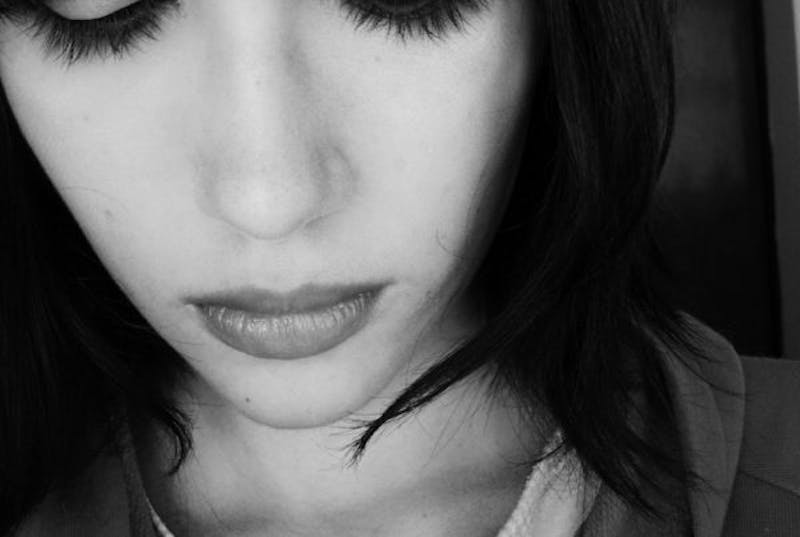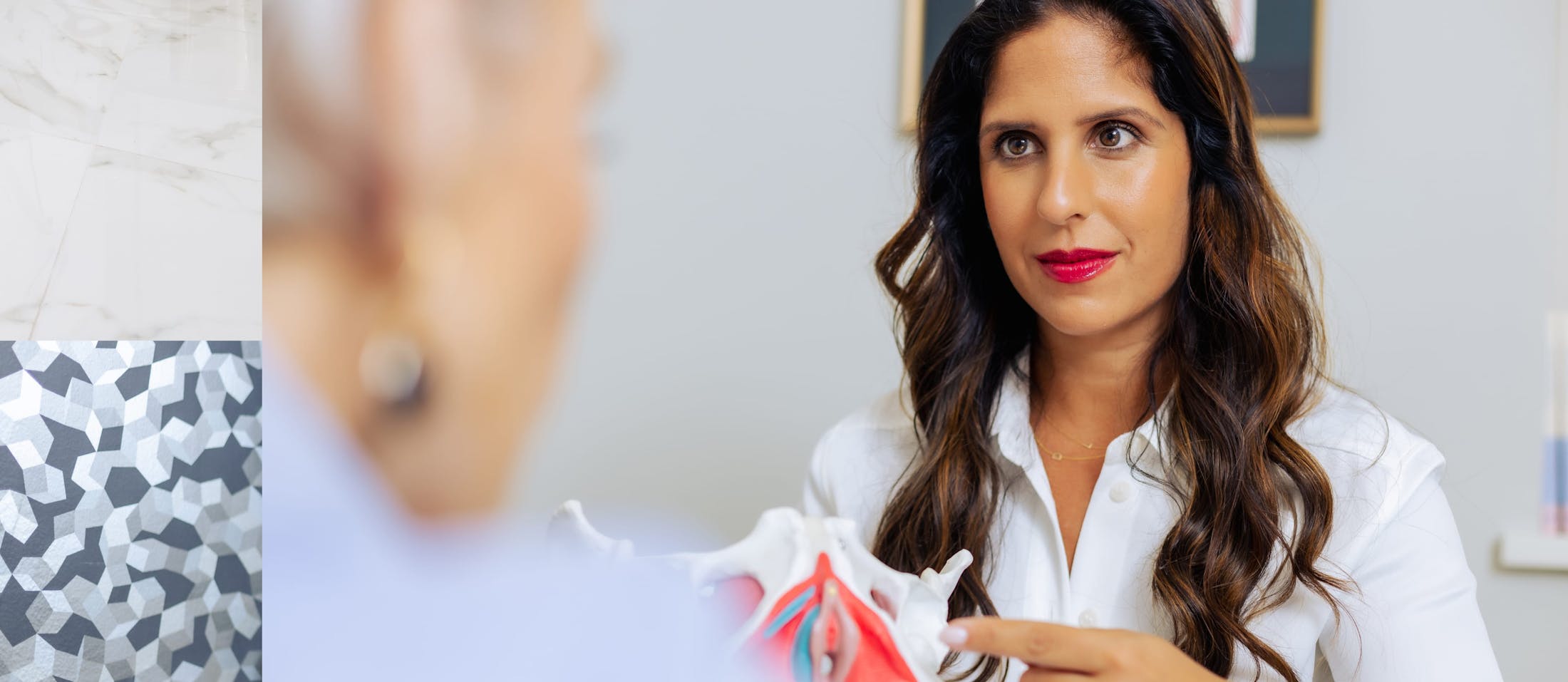
Endometriosis. It’s a term that most people know these days. In fact, some would say its “trending” as you see it all over tabloids and magazines. The truth is there is nothing trendy about it. Women with endometriosis often suffer unrelenting pelvic pain and painful sex. However, the truth is that endometriosis, more often than not, doesn’t act alone. And understanding this fact, is the crux to more successful treatment of pelvic pain.
Pelvic pain is hard to treat because it is complex and more often than not, involves multiple different pain generators. I like to think of the old Buddhist fable of the three blind men and the elephant. They conceptualize the elephant by touching it. The first man touched his trunk, “ it is a thick snake” he proclaimed. The second reached for his ear, “it is a fan” he said. The third touched his leg, “ It is a tree trunk” he exclaimed.
The moral is that none of them could take a step back and see the entire animal. They made dogmatic assumptions based on a limited perspective. And this is exactly the problem with treating pelvic pain. More often than not, it cannot be resolved to a single diagnosis. With that in mind, it is difficult to treat with a single approach. It is important to constantly re-evaluate and use a multi-disciplinary approach. If you look at pain with a narrow vision, you are essentially approaching it like the blind men above. So lets take a step back and discuss other pain generators, one of the most common ones being the bladder. Bladder based pain, accompanied by frequency, urgency and pain with bladder filling has previously been known as interstitial cystitis or bladder pain syndrome. But before we delve into this entity, the most common question I get is can my bladder pain be due to endometriosis inside of the bladder? Truth be told, YES. I have seen endometriosis in the bladder. In fact, I (with my amazing urology colleagues) have resected it and seen anecdotal improvement in terms of symptoms in those particular patients. However, for the VAST MAJORITY of patients, this is NOT the case. And the answer, unfortunately, does not lie in simple resection but often involves delving deeper into the pathophysiology of pain.
And the truth lies in understanding that endometriosis often occurs in conjunction with other pelvic pain syndromes, including interstitial cystitis, a term coined as “evil twins.” We don’t actually know what causes interstitial cystitis/bladder pain syndrome but there’s thought to be inflammatory, autoimmune, and epithelial causes can play a role. One such theory involves a disruption in the G-A-G layer of the bladder (glycosaminoglycan layer). Neuropathic upregulation, often found in patients with endometriosis can also play a role.
The take home point involves understanding that in order to treat pain, properly that is, we must look at care in terms of a patient-centered approach rather than a problem-centered. Taking a step back to look at the entire “animal.”

